Champagne is generally associated with celebrating. Due to its high carbon dioxide content, it is opened very differently than other types of wine. One such technique is sabrage, which can be a unique attraction in a restaurant. How to open Champagne with a saber, knife or cleaver?
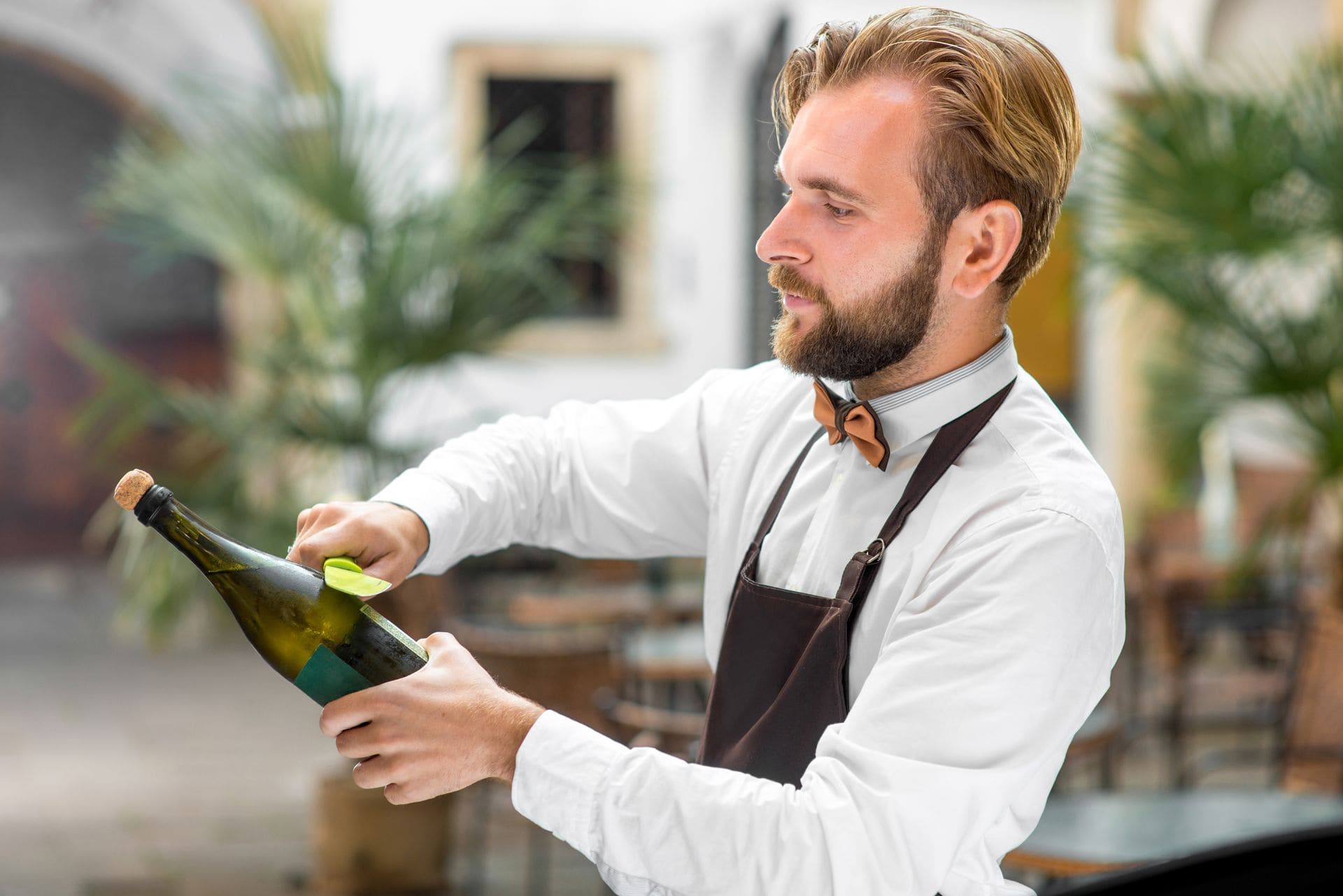
Champagne is generally associated with celebrating. Due to its high carbon dioxide content, it is opened very differently than other types of wine. One such technique is sabrage, which can be a unique attraction in a restaurant. How to open Champagne with a saber, knife or cleaver?
What is sabrage?
All Champagne is sparkling wine, but not all sparkling wine is Champagne. What is the difference? Champagne can only be called Champagne if it comes from the Champagne region in northern France. Its name and production technique are legally protected.
Champagne is naturally saturated with carbon dioxide, not artificially as is the case with many sparkling wines. This effect is obtained during the maturation process. Other popular sparkling wines that are not actually Champagne include the Italian Prosecco or Catalan Cava.
Due to the carbon dioxide in Champagne, the pressure inside the bottle is very high, approx. 5-6 atmospheres. For comparison, car tyres are pumped to approx. 2.3 atmospheres. Sparkling wine is closed with a mushroom-shaped cork stopper, not a cylindrical one, and additionally held by a metal cap tied down with wire, called a “cage”.
This protection is necessary, because sparkling wine can easily rapidly flow out of the bottle by itself, especially if the bottle is shaken. How can you open the champagne so that it does not explode? While holding the cage and cork firmly with one hand, rotate the base of the bottle. Apply resistance as the cage and cork push out so the wine opens making a quiet hissing sound.
This technique stops the drink from foaming, which limits waste or spilling. On the other hand it is not as spectacular as the bottle shaking method known from Formula 1 podiums.
The art of sabrage
The name of the sabrage method comes from the word sabre (saber in French). Its origins date back to the 19th century, when it is said that the Napoleonic cavalry would open the Champagne with their sabres to celebrate victories and entertain guests at parties.
Champagne sabring is all about cutting off the neck of a Champagne bottle with a sabre. However, you don’t actually need a sabre to perform the sabrage method. Instead you can use a cleaver, knife, or even a glass or a shaker.
How to perform sabrage
Champagne sabring looks quite spectacular. However, if done incorrectly, the bottle could break causing the wine to spill. How can you open champagne using the sabrage technique? First of all, you need to properly prepare the drink – it must be well chilled, which will lower the pressure in the champagne bottle.
Sabrage works by hitting the point of the bottle where the stress is greatest. The bottle has a seam that runs along the entire length of the bottle, and there is a ring on the top of the bottle holding the cork stopper. Its connection to the vertical seam of the bottle is the weakest point to hit when sabring champagne. The neck should break at the seam and spring back under the pressure generated by the carbon dioxide.
How to cool Champagne before performing the sabre technique? It is recommended to keep the bottle in a refrigerator for approx. 4 hours at a temperature of 3 to 5 degrees Celsius. It is especially important that the neck is cold. After taking the bottle out of the refrigerator, carefully put it in a champagne bucket bottom side up. Add water, ice and a few teaspoons of salt. After a few minutes in this cool mixture, the Champagne should be ready to sabre.
How to open Champagne using the sabrage technique? The process is as follows:
- carefully remove the bottle from the ice, trying not to shake it,
- remove all the foil from the neck,
- unscrew and remove the cage securing the cork,
- tilt the bottle at an angle of 30-45 degrees,
- turn it so that the vertical seam is on top,
- place a sabre or other type of large knife that you intend to use for sabring on the bottle seam,
- in a vigorous and dynamic way, move the sabre along the seam,
- the neck should then pop,
- and when it does, tilt the bottle upright to avoid spilling the Champagne.
Hitting the top of the bottle isn’t as hard as it sounds. The ice-cold glass of the bottle neck should be brittle, and the rapidly escaping carbon dioxide will finish off the job.
Some experts recommend leaving the cage while opening Champagne using the sabrage method. First of all, this will prevent the cork from popping prematurely. Secondly, this is a more traditional technique. Napoleon’s cavalry often opened a bottle with a sabre while riding a horse, so they had no way to unlock the cage.
How to open champagne with the sabrage technique? It’s all a matter of seconds, so don’t hesitate. The knife or other chosen tool does not have to be sharp, but using a glass or a shaker is only recommended for more those with a little more experience.
Rules for opening Champagne in restaurants
Champagne sabrage can be an attraction in itself at a wedding, New Year’s Eve party or an important business dinner. Sabrage can also be offered as an interesting additional service in a restaurant.
If you want to present the art of sabrage to your guests, remember about health and safety! You need to ensure the safety of both your customers and employees.
How to open Champagne safely? Remember that with sabrage, the neck can shoot up even several metres at a speed of dozens of miles per hour. The bottle should not be facing guests or staff, and also not towards windows or other objects that could get damaged and injure someone if broken. The more free space around you, the better.
Also, keep in mind that the top of the bottle will be sharp after sabrage, so you have to be careful not to cut yourself. The pressure during sabrage is so great, so in theory not even the tiniest piece of glass should fall into the wine. However, check that the bottle is evenly cut and that there is no risk of tiny pieces falling into the glasses while pouring.
You should also follow the principles of savoir-vivre, according to which champagne should be poured from 1/3 to 2/3 of the height of the glass. The bottle neck should be rubbed clean. When pouring, avoid contact between the bottle and the glass.
Glasses of Champagne should first be given to women and the elderly. Do not serve glasses holding them by the bowl, so as not to leave traces on the glass and warm the Champagne with your hand. It is best to pour it into a glass on the customers’ table or to serve the glasses from a tray.
Necessary catering bar equipment
Offering sabrage is a good way to get your potential customers’ attention. However, a sabre alone is not enough to run a restaurant serving champagne. What bar equipment will you need? What should you invest in when setting up your business?
There is some basic equipment necessary in every bar and cafe, such as an under-counter cabinet and a work table with a stainless steel cabinet. This type of furniture is good for storing glasses and other utensil needed for serving drinks. In addition, cleaning stainless steel is easier compared to other materials. It is not susceptible to corrosion and is resistant to mechanical damage. Other basic equipment is that used for washing dishes, such as a dishwasher, a washbasin or a table with a sink.
Bar equipment should also include items used to prepare and store drinks. You will also need refrigeration equipment.
Bartenders will also need various other small catering accessories, such as traditional shakers. To make their work faster and easier they will also need an automatic cocktail blender and an ice cube maker, so that they do not have to freeze water in plastic cube trays.
If you are planning to open a restaurant or bar where you will perform sabrage, remember to include the necessary accessories for serving Champagne in your business plan. In addition to champagne glasses, you will also need an ice bucket, intended for cooling bottles.
Summary
Sabrage is an effective method of opening Champagne without it exploding. Before you start presenting sabrage to your guests, whether at a private event or in a restaurant, practice it in an open space and using something cheaper than Champagne. Remember to prepare the drink properly, and that the exact tool used for sabrage is less important than a firm and steady hand.

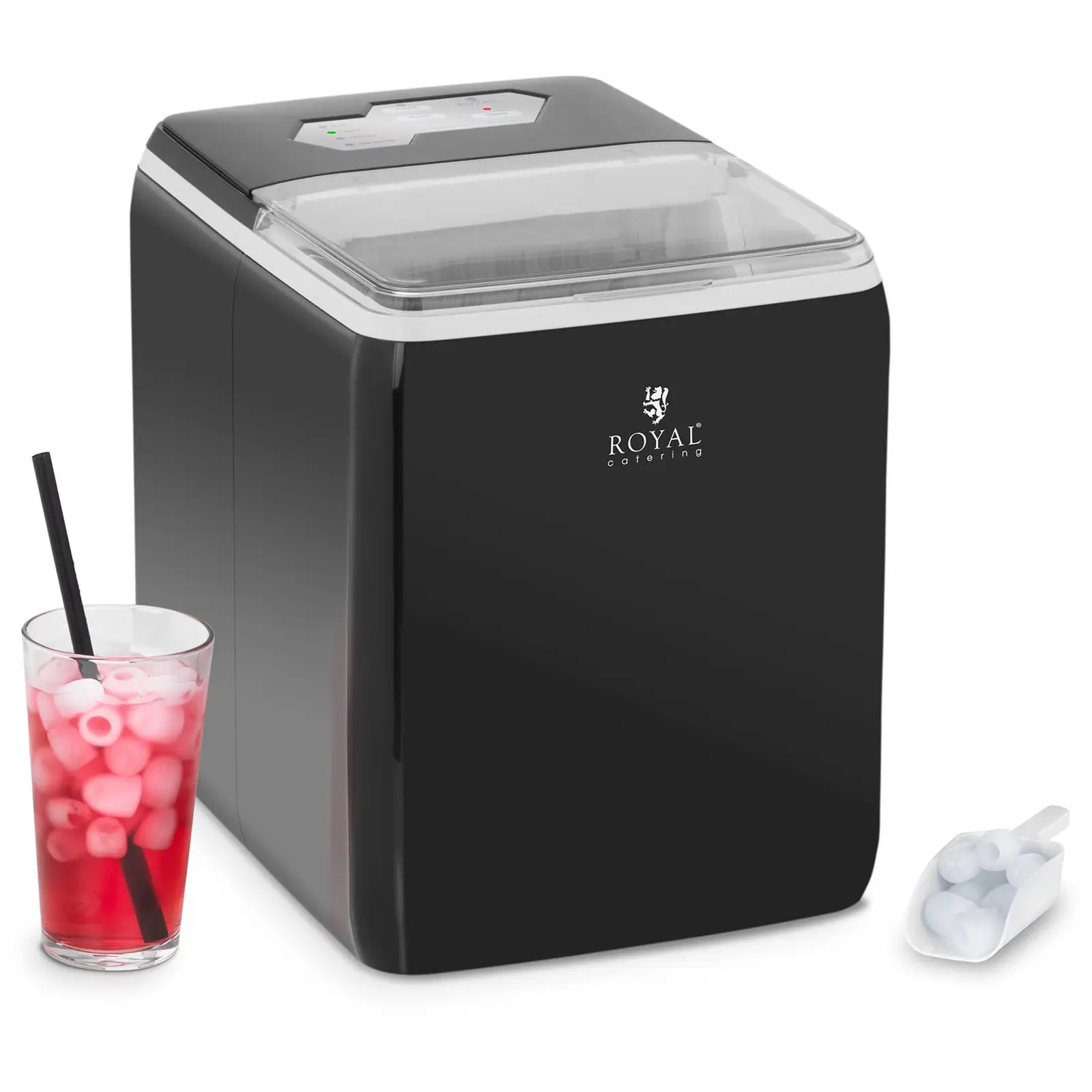

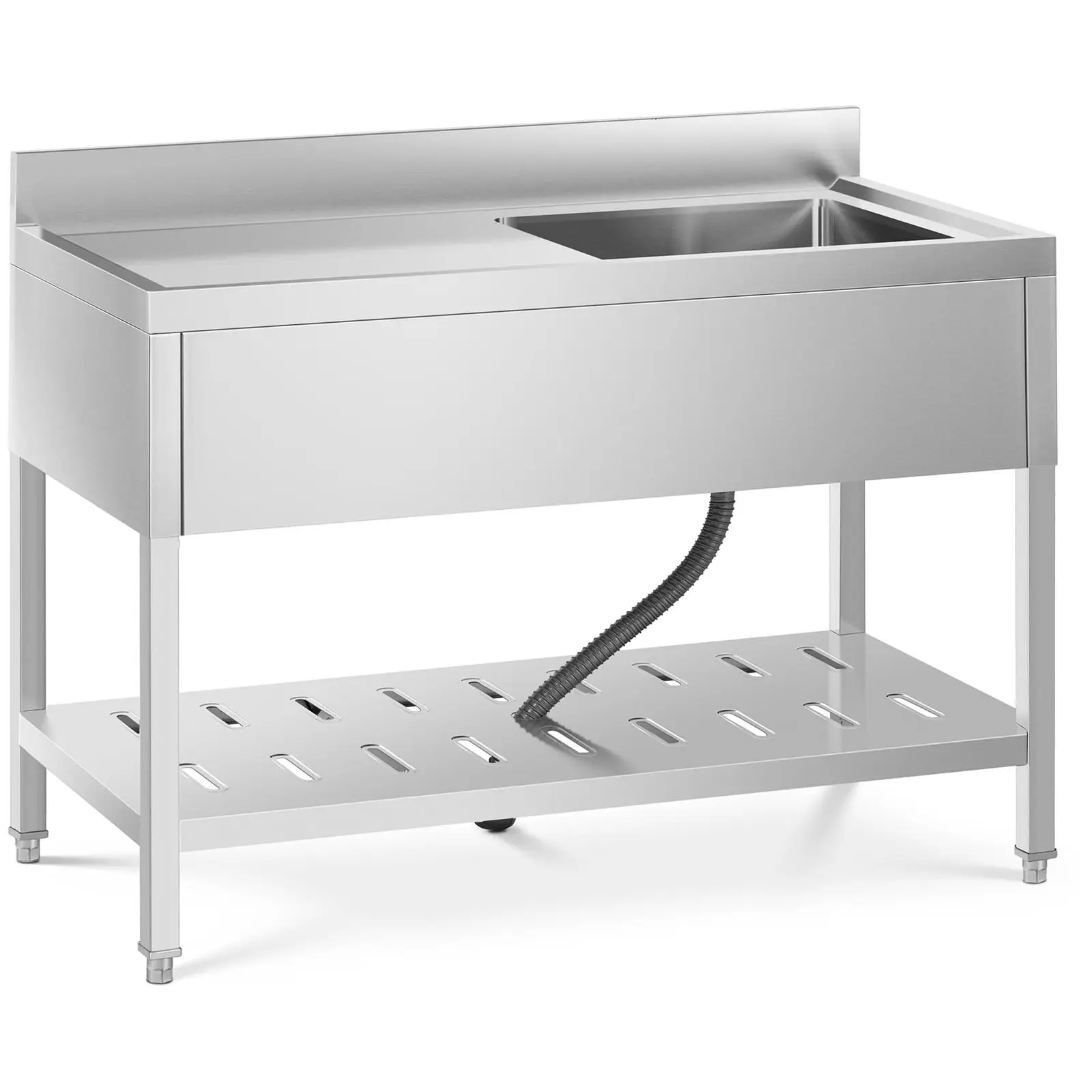
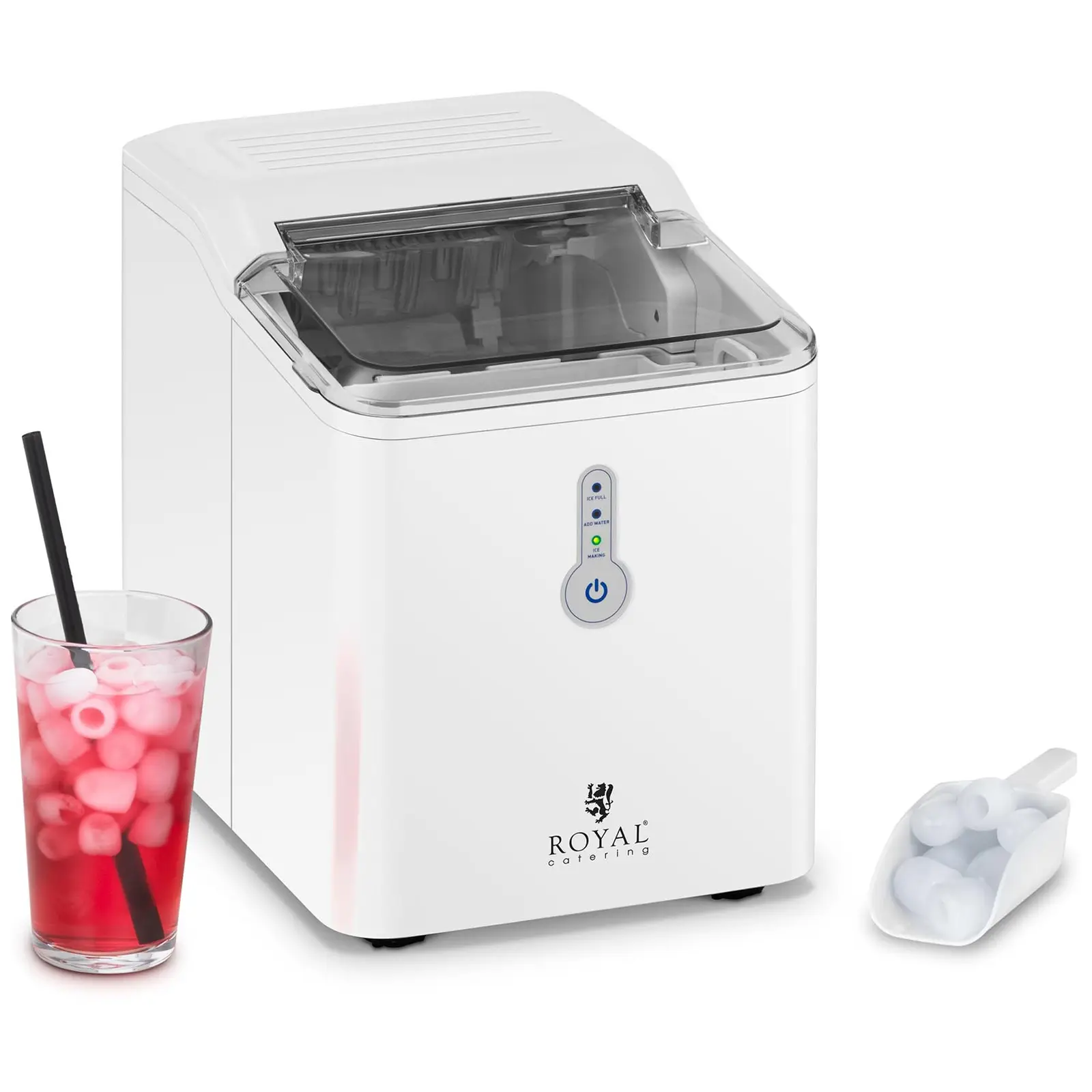
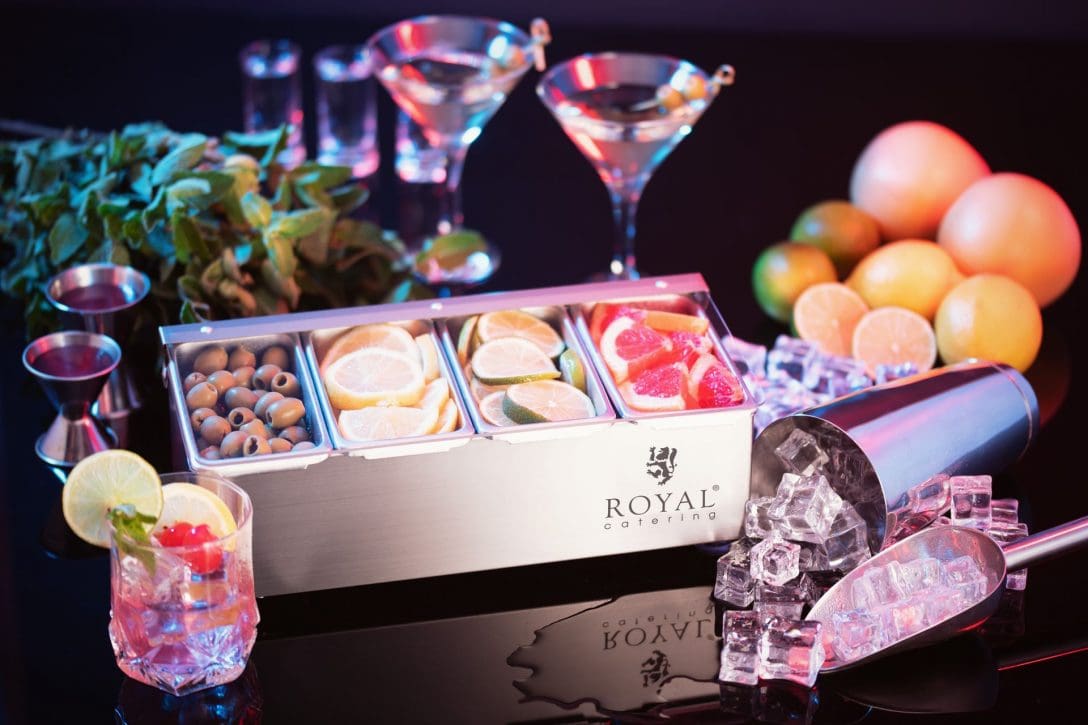


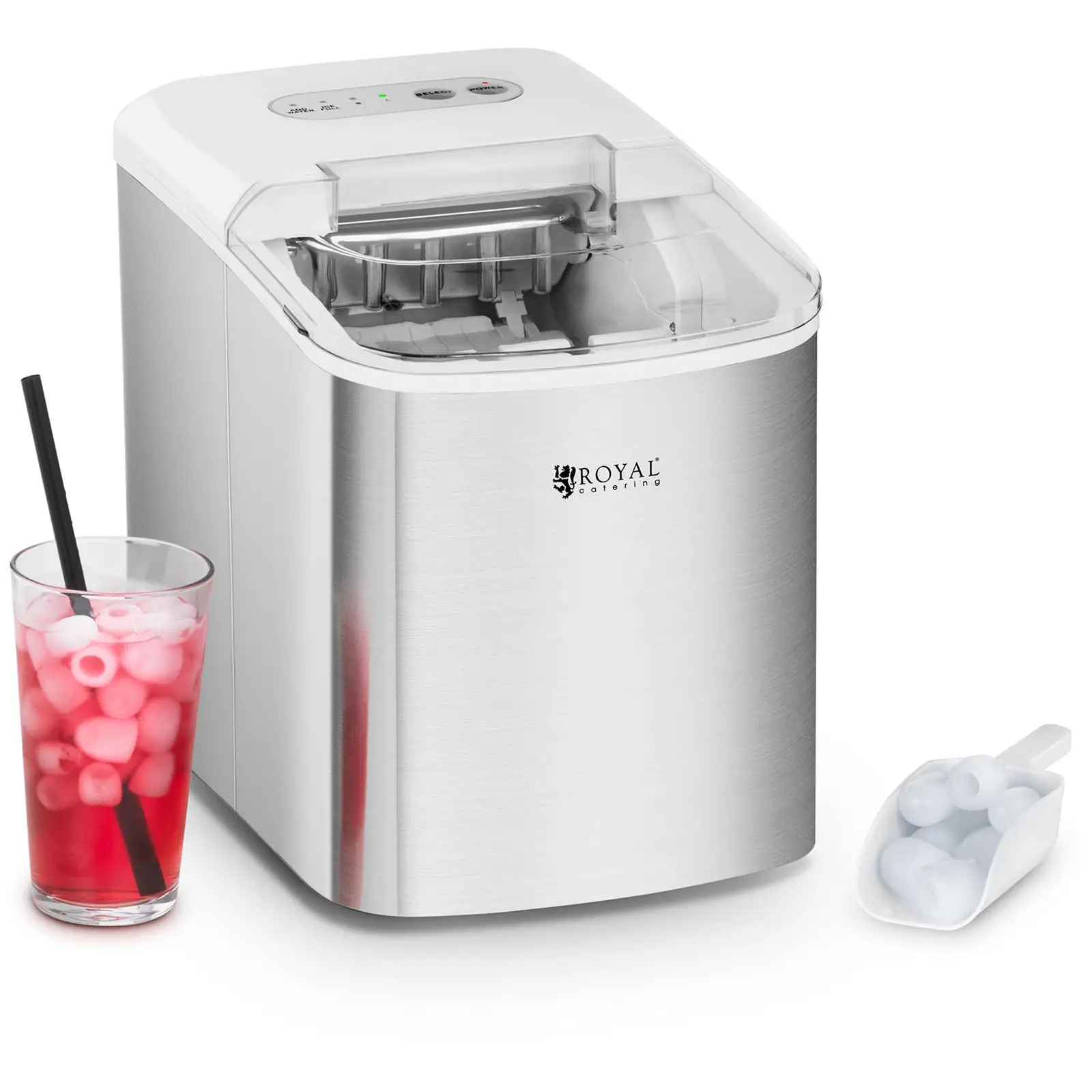
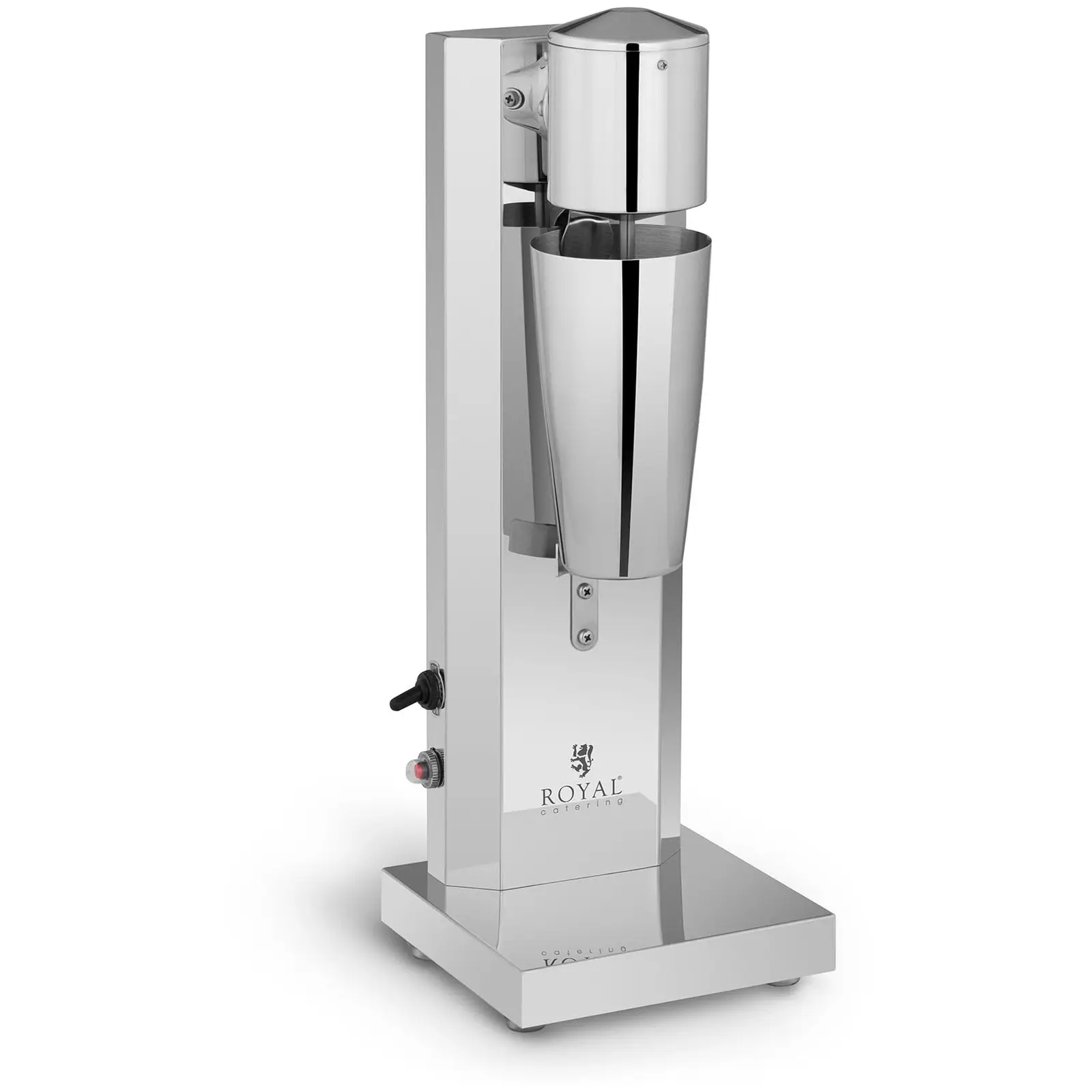
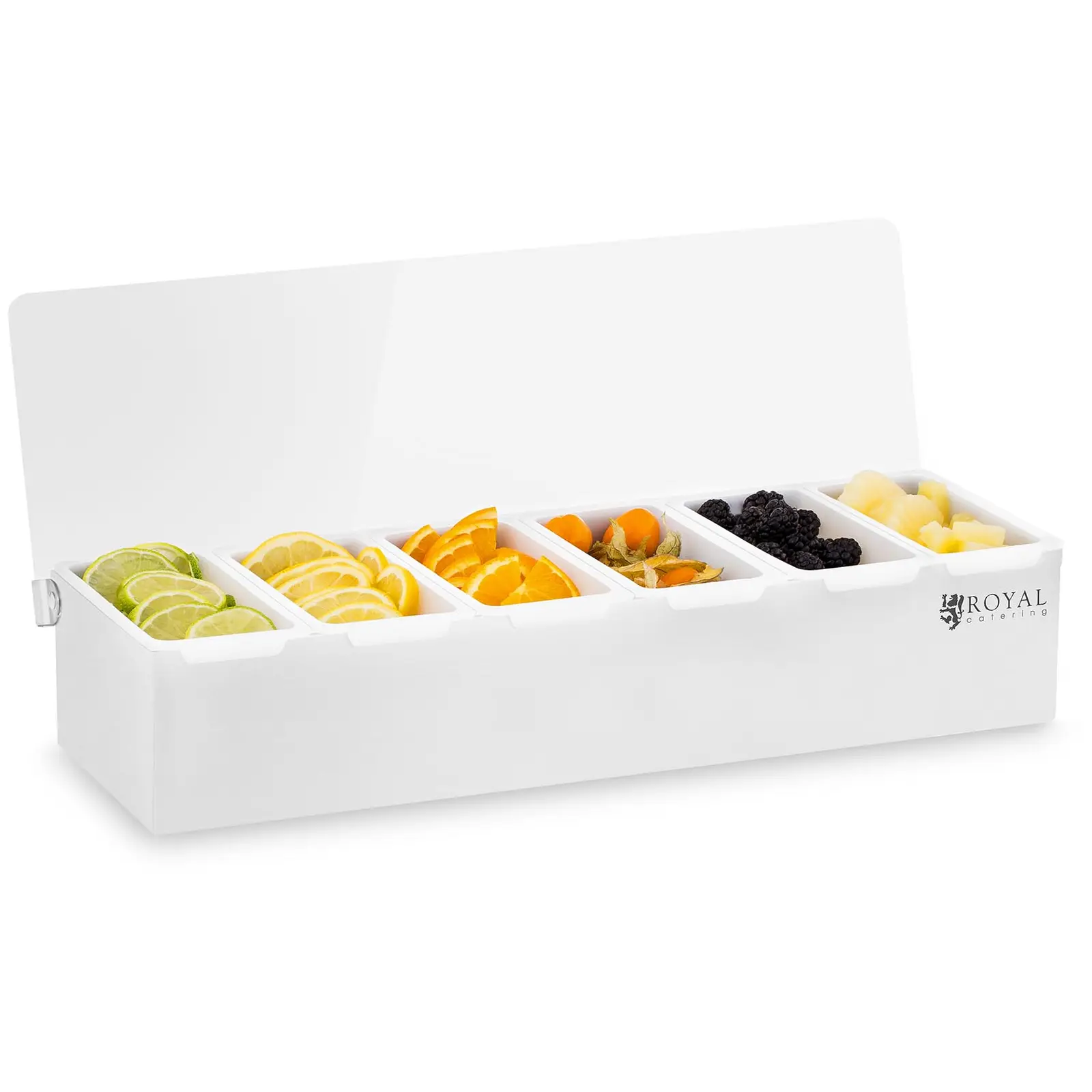





Share